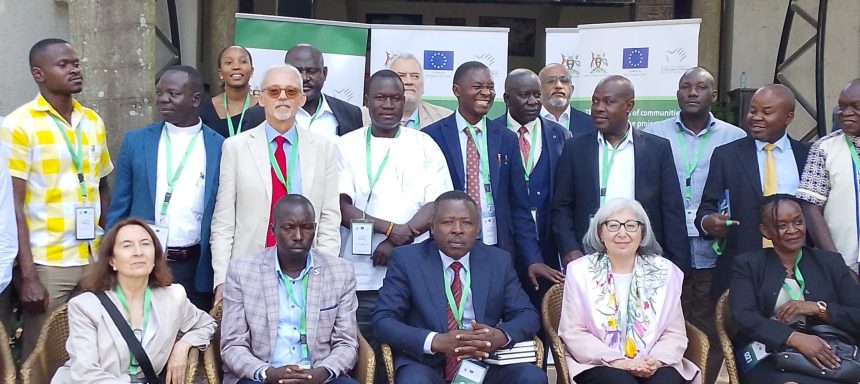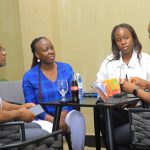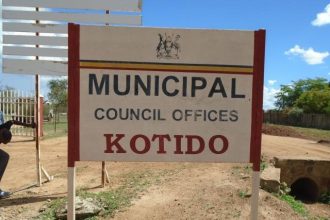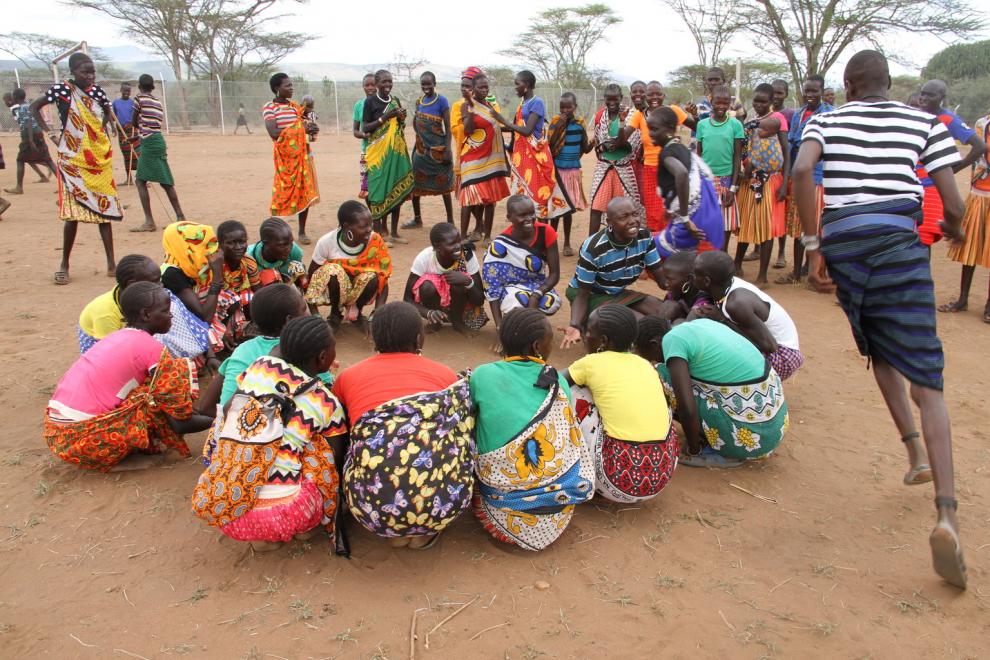The Umukuka III of the Bamasaaba people, His Highness Jude Mike Mudoma, has encouraged women across Masaabaland—and Uganda in general—to plant trees. This follows research findings by the Italian Agency for Development Cooperation, which indicated that there are cultural and gender-related barriers hindering women’s participation in tree planting.
The spokesperson for the Bamasaaba cultural institution, Mr. Steven Masiga, represented the institution in Jinja during the launch of a tree-planting project in Eastern Uganda.
Mr. Masiga told The Ankole Times that, according to the research released yesterday by the Italian Agency for Development Cooperation, the Bamasaaba people prefer to plant the following tree species in their communities: teak wood, mahogany (locally known as the Muvule tree), coffee seedlings, and bamboo.
The Italian Agency for Development Cooperation, which is set to implement an afforestation program in Eastern Uganda funded by the European Union, aims to restore forest cover in the region. The agency has pledged to plant trees in the regions of Teso, Bugisu, and Busoga, among others, in partnership with cultural institutions and local governments.
Masiga noted that Bugisu, as a region, has experienced severe floods and landslides over the past 15 years. He believes this project will help address environmental degradation caused by deforestation.
He also decried the arrest of women for stealing firewood, saying the ReForest initiative is the right solution to this problem. “I have seen women in my community openly stealing firewood, and I think this project deserves maximum support as it will empower women in tree growing,” Masiga said.
Experts from the Italian Agency for Development Cooperation pointed out that areas once considered woodland zones have now been reduced to grasslands, worsened by activities such as bricklaying.
The meeting was attended by cultural representatives from Bugisu, Teso, and Busoga, as well as the Resident District Commissioner (RDC) for Soroti, Paul Eresu; Mr. Kyoma, RDC Kumi; the RDC of Napak; and LCV chairpersons from Kumi, among other notable attendees.
The areas in Bugisu set to benefit from the afforestation program include Bulambuli, Sironko, and Namisindwa, as recommended by the study, which identified them as among the most vulnerable.




















